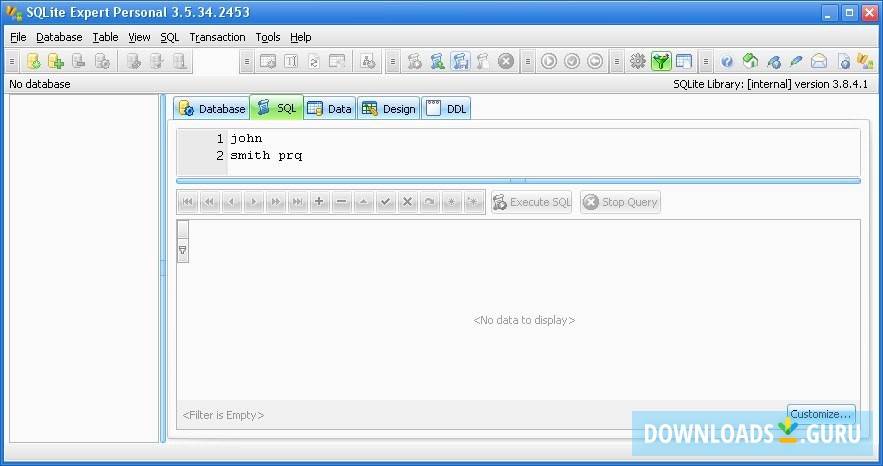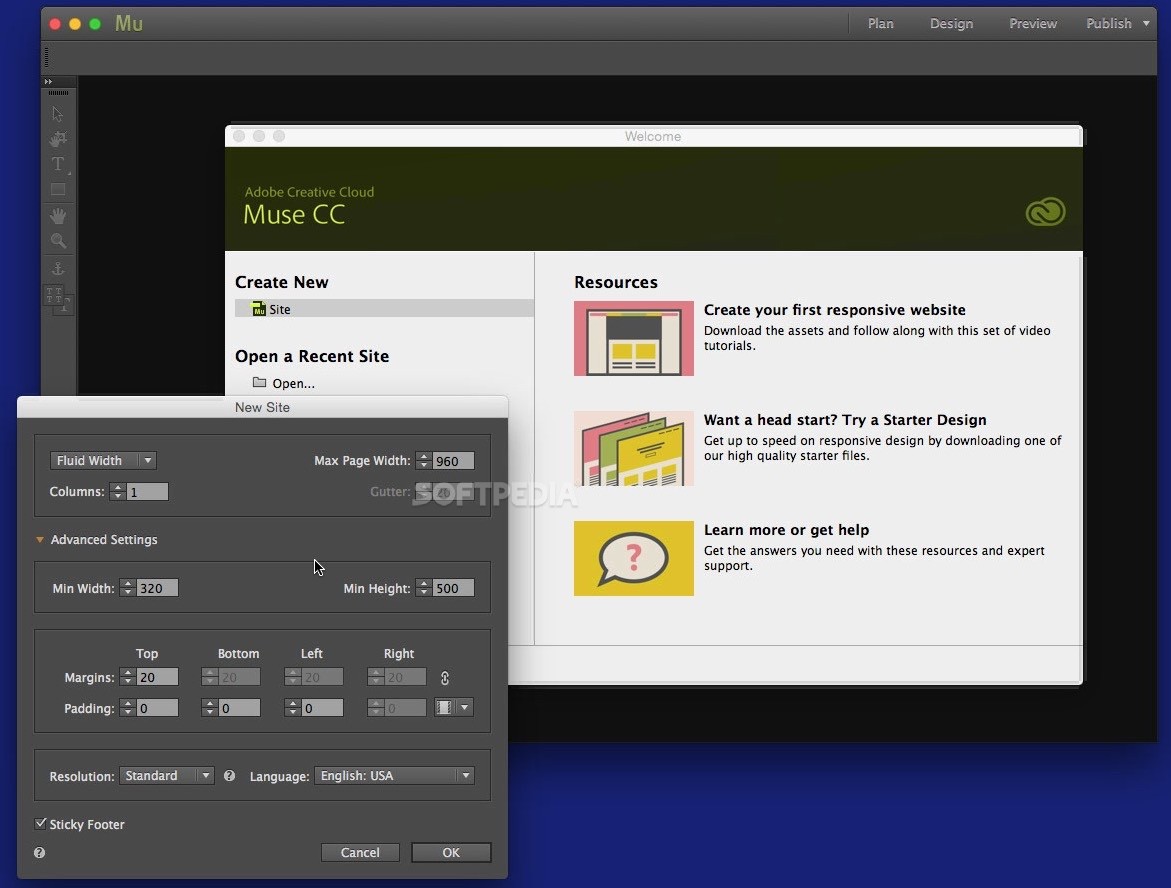

Now you are ready to run any type of query on the database. Step 2) Open the database “ TutorialsSampleDB.db” by the following command:

For these browsers there are still different interpretations of what should be done with existing stored data (from a regular browsing session). Most browsers have opted for a strategy where storage APIs are still available and seemingly fully functional, with the one big difference that all stored data is wiped after the browser is closed.
SQLITE ONLINE HOW TO
As such, browser vendors are experimenting with different scenarios for how to deal with this incompatibility. This is fundamentally incompatible with Web Storage for obvious reasons. Most modern browsers support a privacy option called 'Incognito', 'Private Browsing' or something similar that doesn't store data like history and cookies. A different Storage object is used for the sessionStorage and localStorage for each origin - they function and are controlled separately. These mechanisms are available via the ssionStorage and Window.localStorage properties (to be more precise, in supporting browsers the Window object implements the WindowLocalStorage and WindowSessionStorage objects, which the localStorage and sessionStorage properties hang off) - invoking one of these will create an instance of the Storage object, through which data items can be set, retrieved and removed. Storage limit is the maximum amongst the two.Stores data with no expiration date, and gets cleared only through JavaScript, or clearing the Browser cache / Locally Stored Data.localStorage does the same thing, but persists even when the browser is closed and reopened.Storage limit is larger than a cookie (at most 5MB).Data is never transferred to the server.Stores data only for a session, meaning that the data is stored until the browser (or tab) is closed.sessionStorage maintains a separate storage area for each given origin that's available for the duration of the page session (as long as the browser is open, including page reloads and restores).The two mechanisms within Web Storage are as follows:


 0 kommentar(er)
0 kommentar(er)
